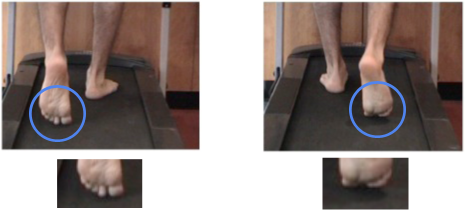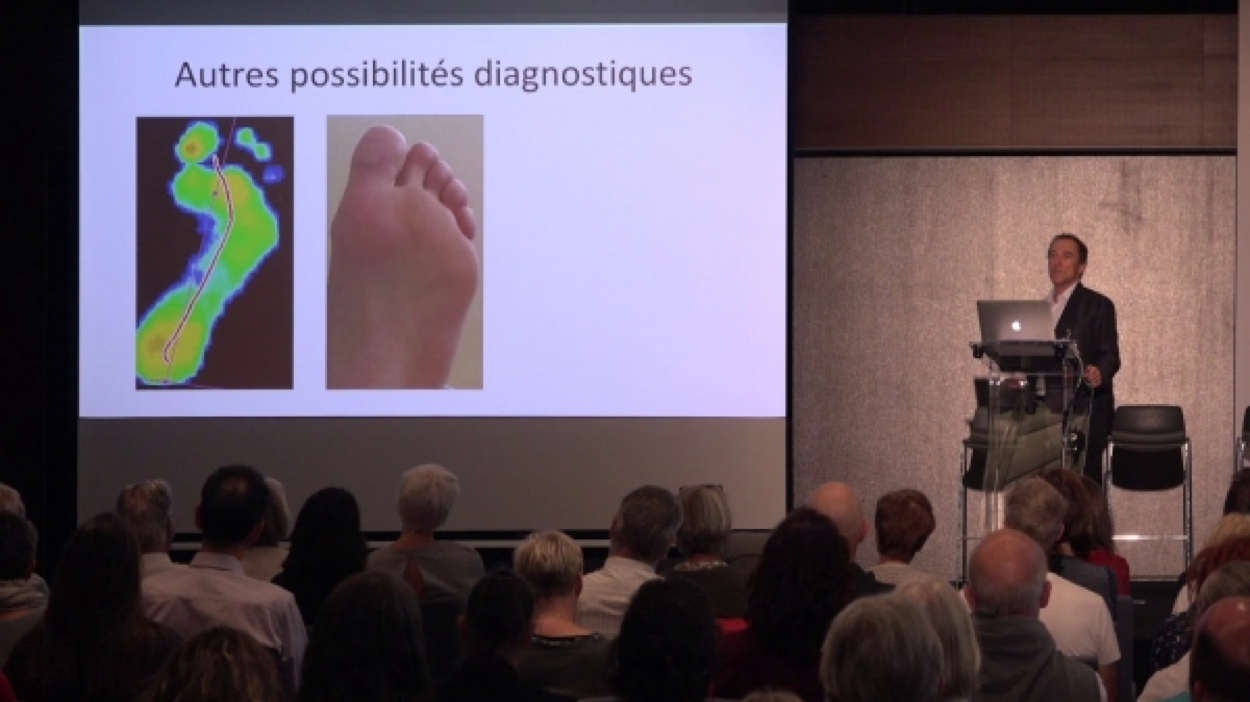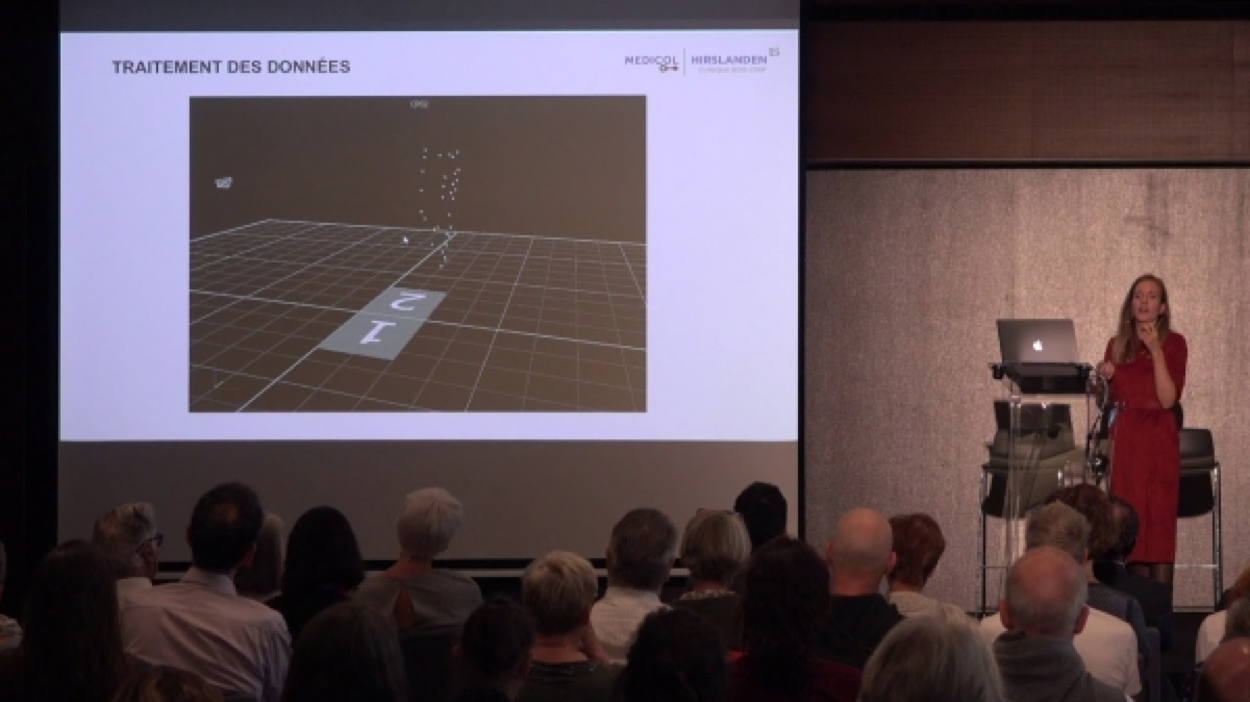The foot is by definition the organ of balance. In walking, it synchronizes the movements of the body by tilting alternately in pronation and supination according to a very precise pattern. Physiologically, the attack of the foot on the ground is carried out in slight supination or in a neutral position, then at the beginning of the support phase the foot is placed in supination. At the end of the support phase, the foot goes over pronation to come back to supination when propelling.
By almost automatic interarticular synchronism (notably internal tibial rotation with pronation and external rotation with supination), the dynamic architecture of the lower limb aligns with the position of the foot. The term "dynamic" is used here because the position during movement is also decisive for the initiation of muscular action.
Like the hull of a boat in the wave, the foot pitches in pro-supination when walking in a well-codified and flexible transition rhythm so as to ensure the damping and distribution of the loads on the joints.
FHL disrupts this precision mechanics by shifting the moments of transition between pronation and supination. There follows an exaggerated supination at the attack of the step and an exaggerated pronation at the moment of the propulsion. The impact on the ground is more pronounced and increases the loads on the joints; in addition, the transition to pronation at the end of the downforce phase causes a destabilizing pitch effect which can have serious consequences (rupture of the ACL for example). This mechanism is repeated with each step and since there are about 5 million walking cycles per individual on average per year, it ultimately leads to overload injuries and compensation mechanisms at all levels.
Gait examination
The gait examination can be done at the consultation phase and a few steps are often enough to show a sweeping effect of the foot in the oscillating phase that is often found in the presence of FLH. Balance tests on one foot are also very revealing; an overhand tilt is often synonymous with FLH. Examining footwear is very helpful. If we deepen the analysis and make the patient walk on a treadmill, we can sometimes notice the inability to dorsiflexion of the big toe during the propulsion as below.

Running on a treadmill will further accentuate the defects observed in walking and clearly show the repercussions of FHL on the overlying joints. To illustrate the effects on posture, the consequences are particularly visible on the lumbopelvic level. The attack of the step in external rotation decreases the lever arm of the gluteus medius and at the same time causes a contro-lateral tilt of the pelvis in the support phase.
Learn more
 Functional hallux limitus (FHL): Implication of FHL in walking and posture disorders
Functional hallux limitus (FHL): Implication of FHL in walking and posture disorders  Interest of the instrumentalised analysis of gait
Interest of the instrumentalised analysis of gait
 EN
EN  DE
DE  ES
ES  FR
FR 